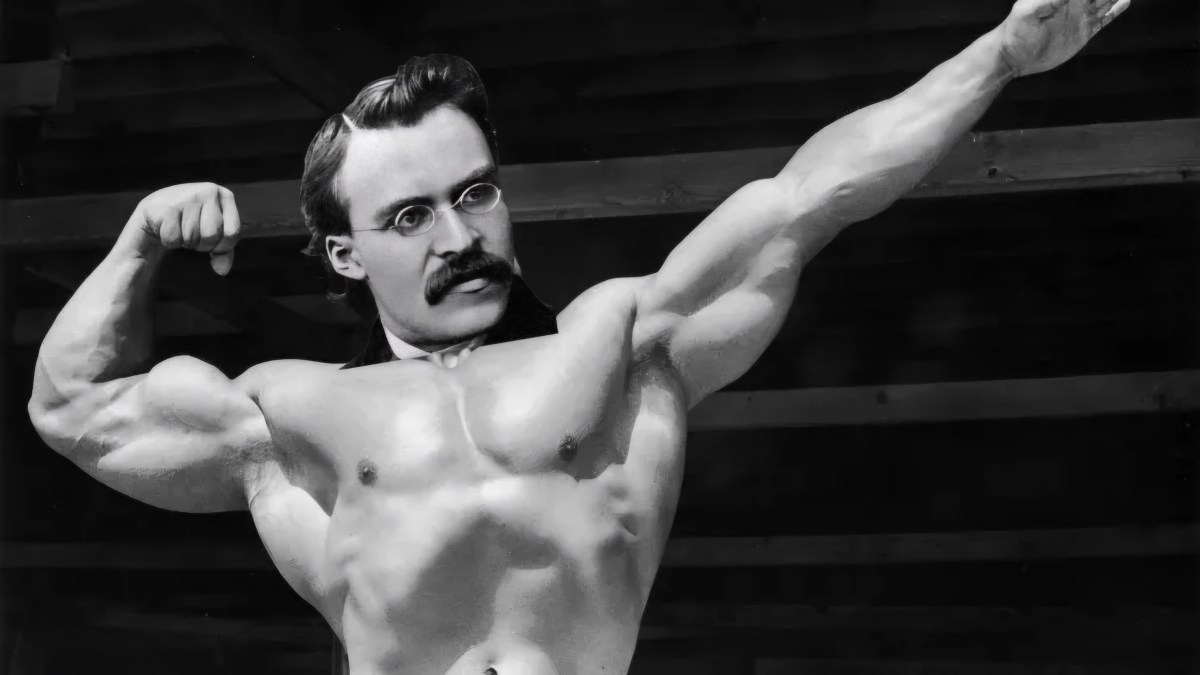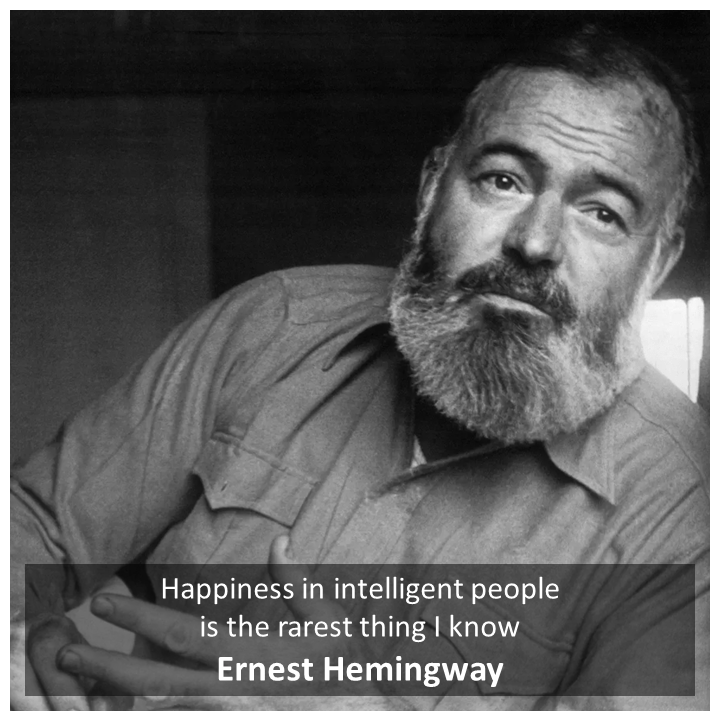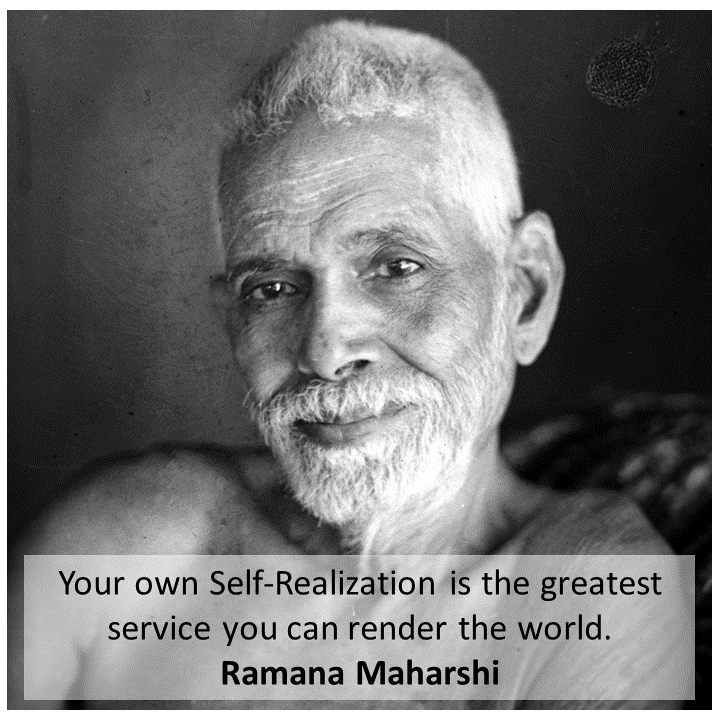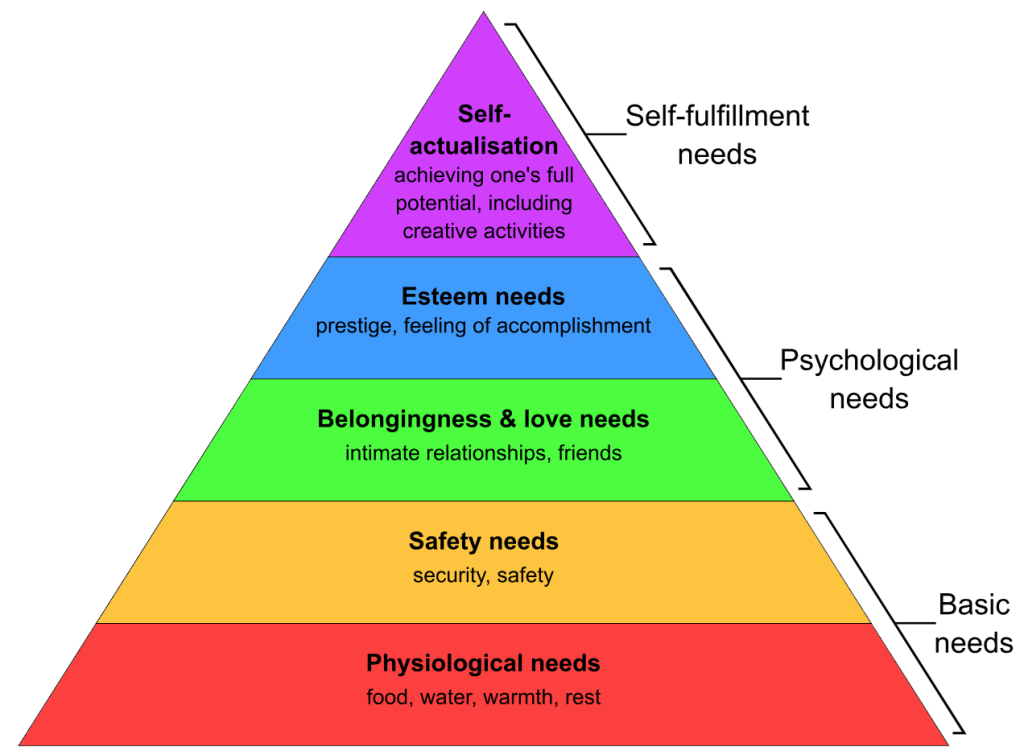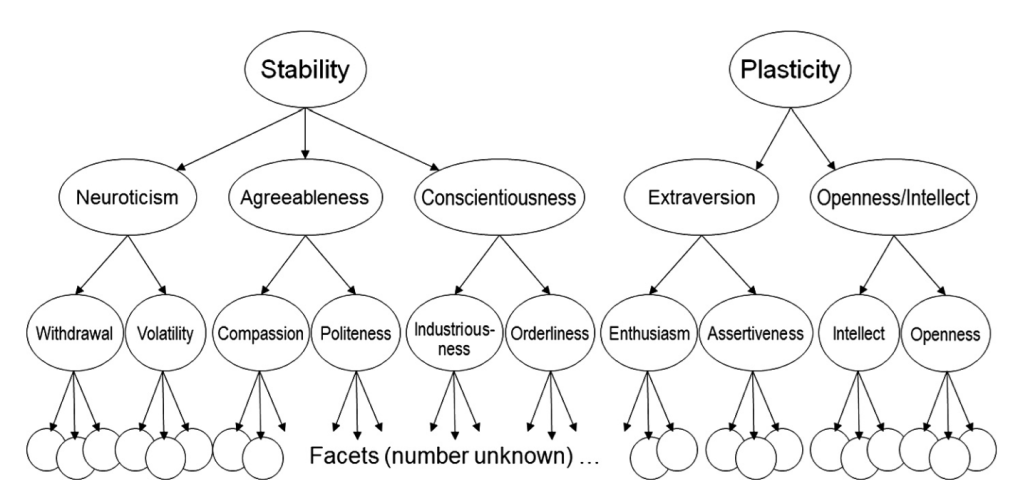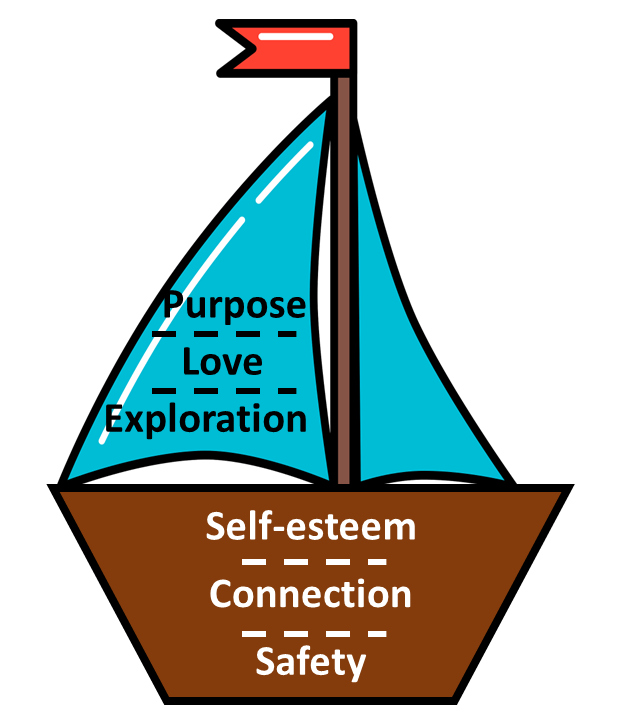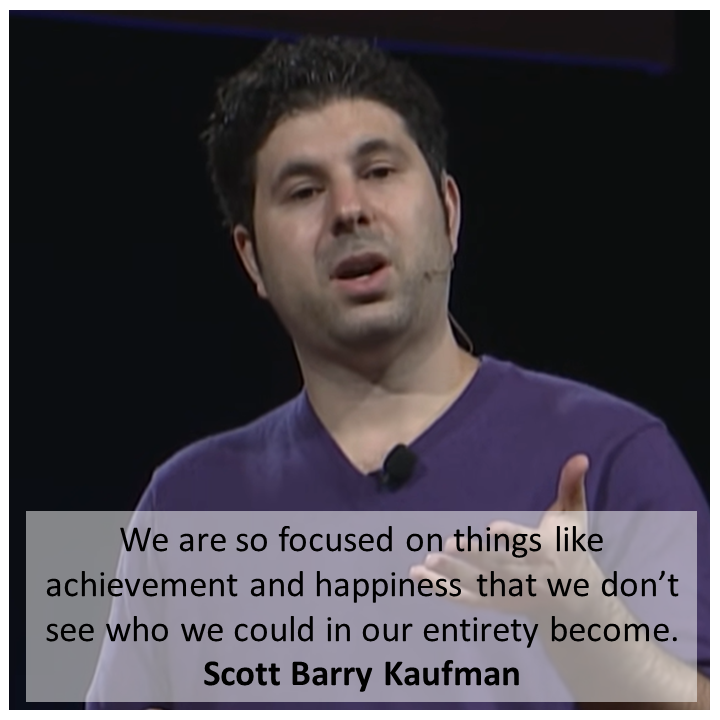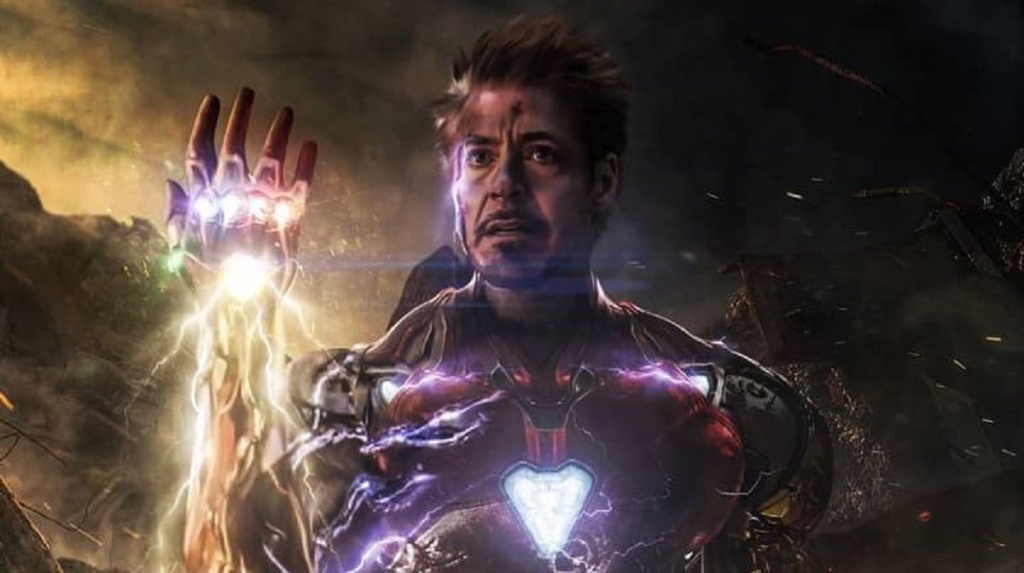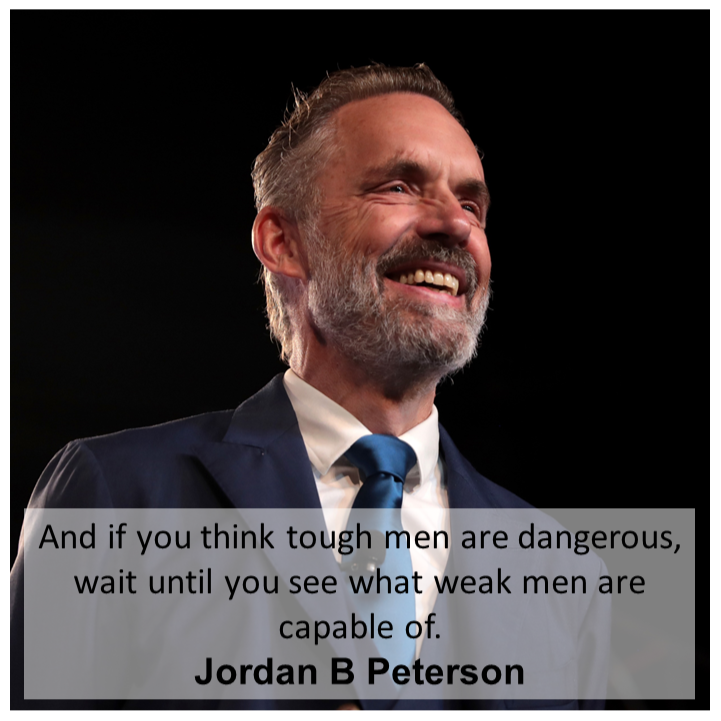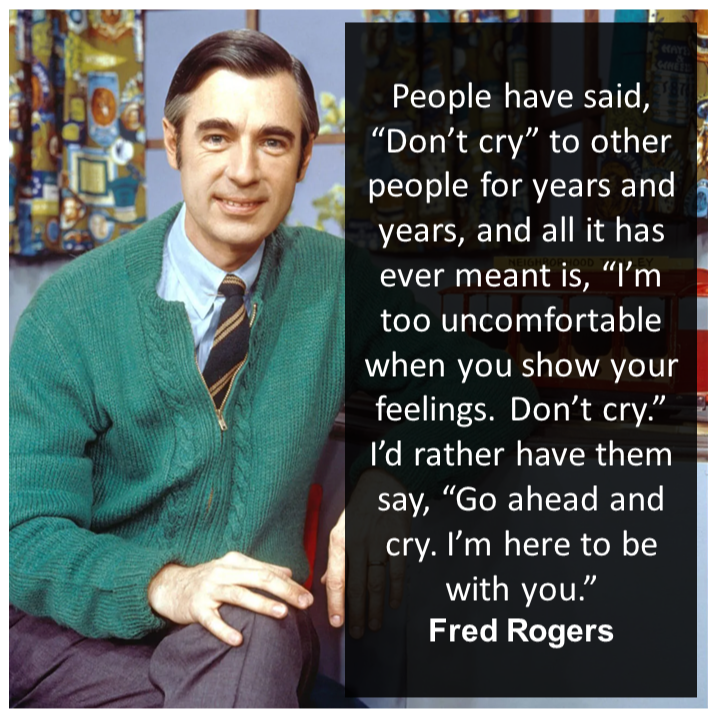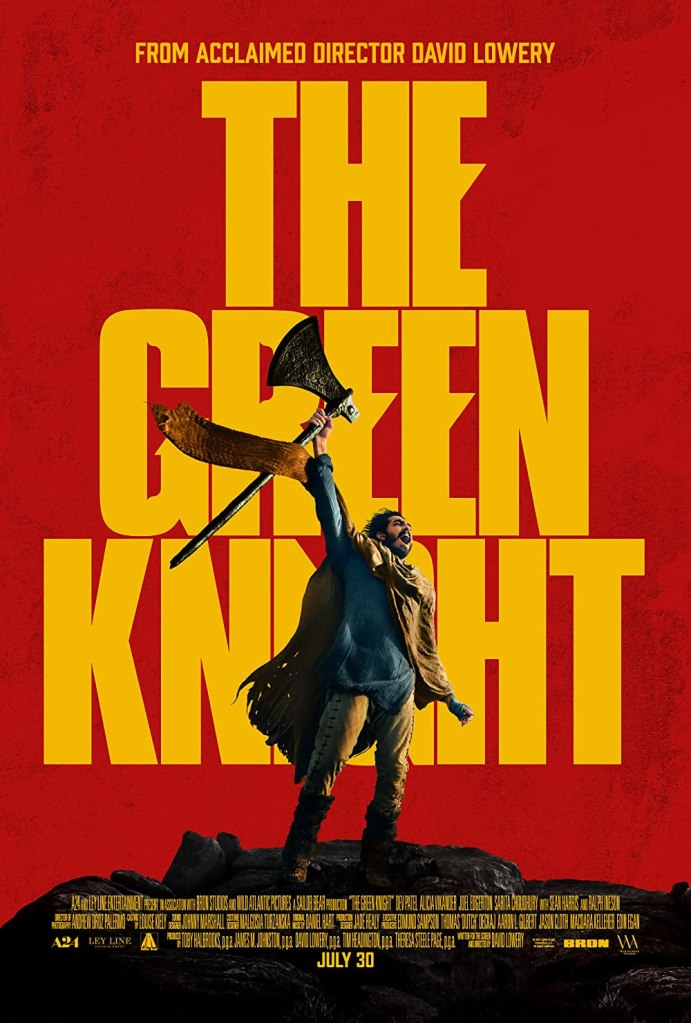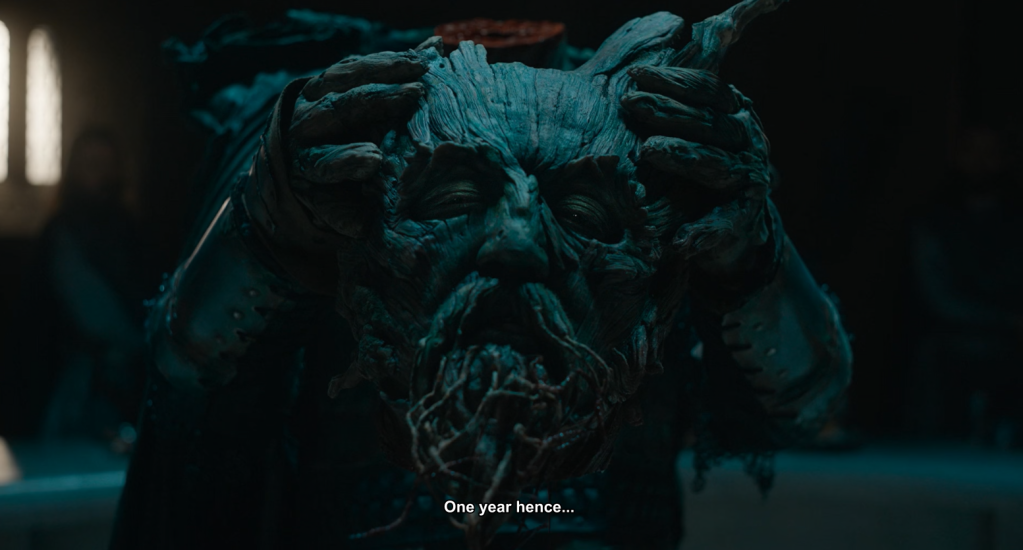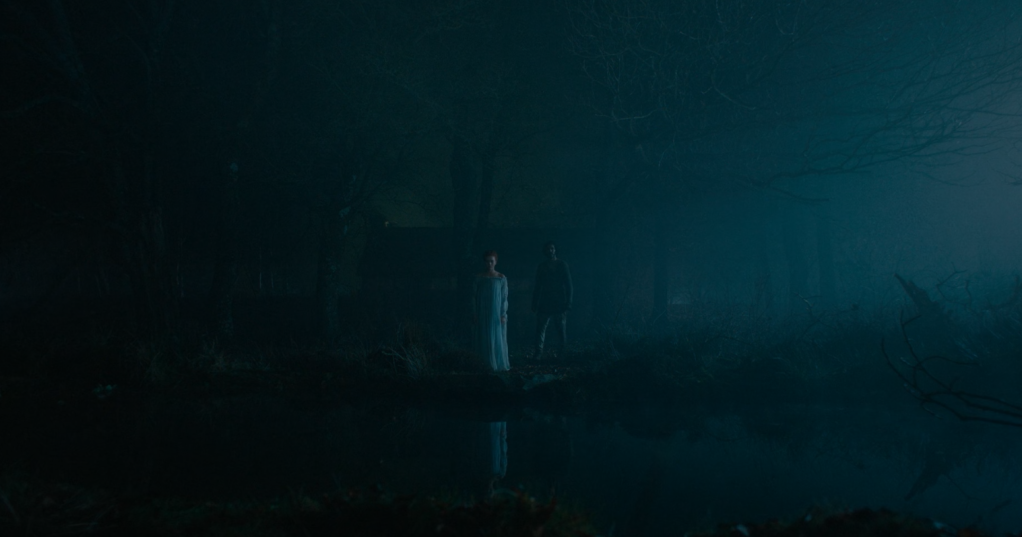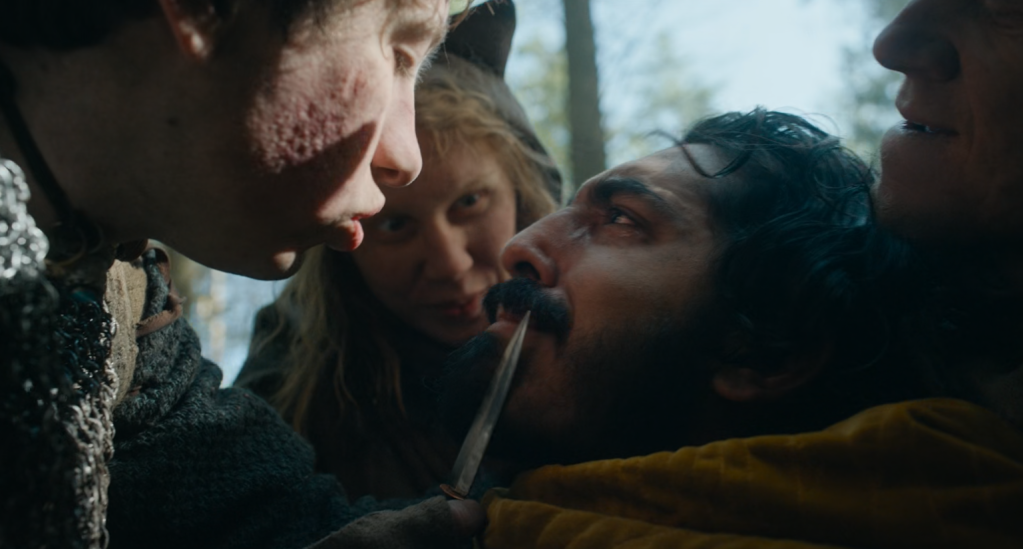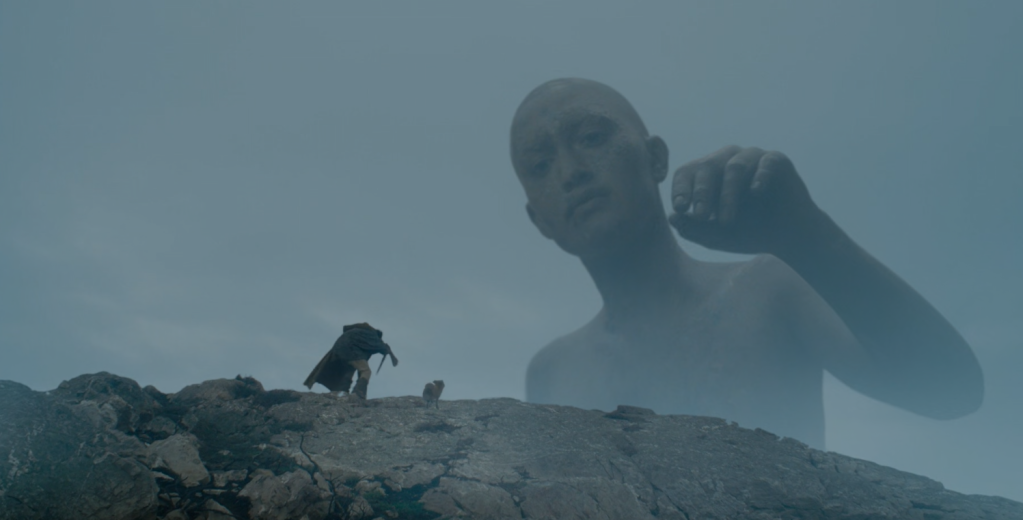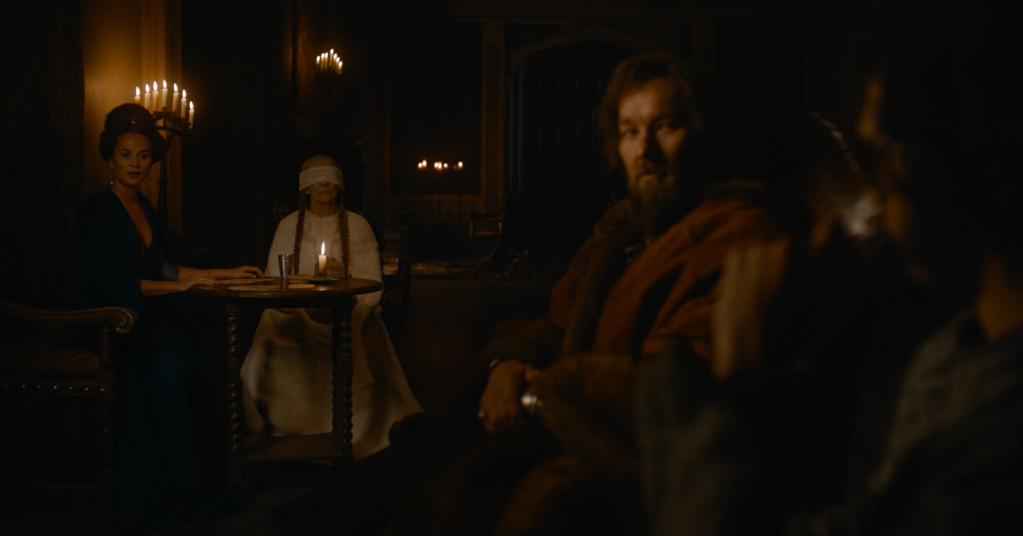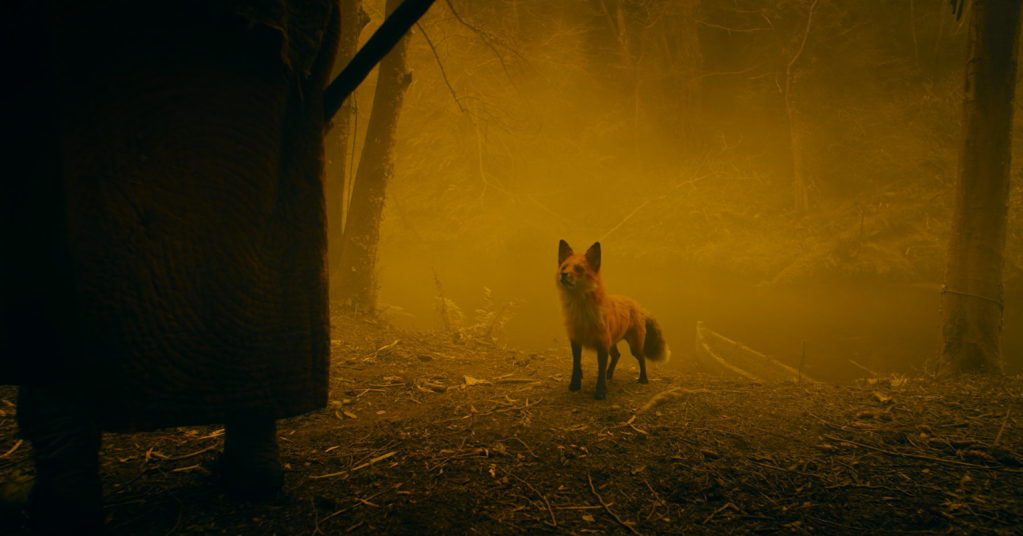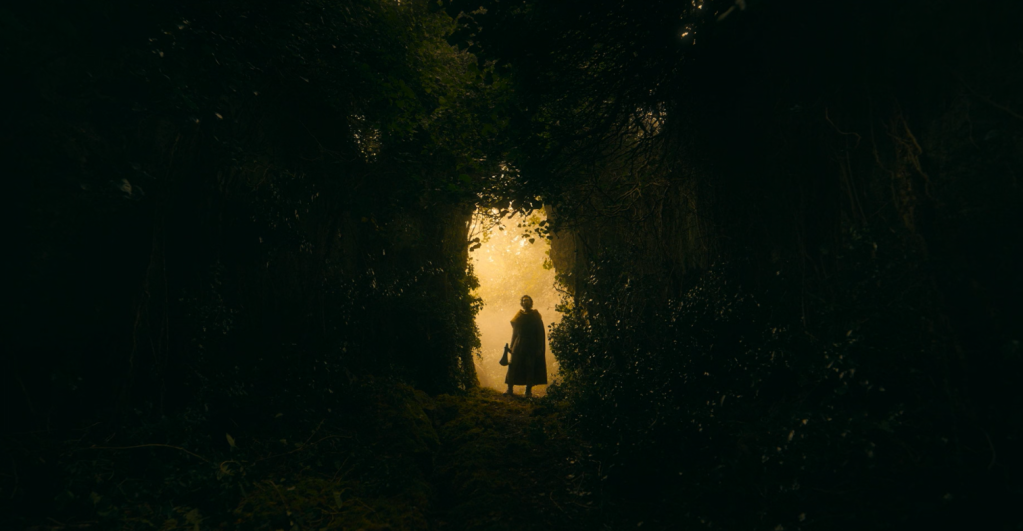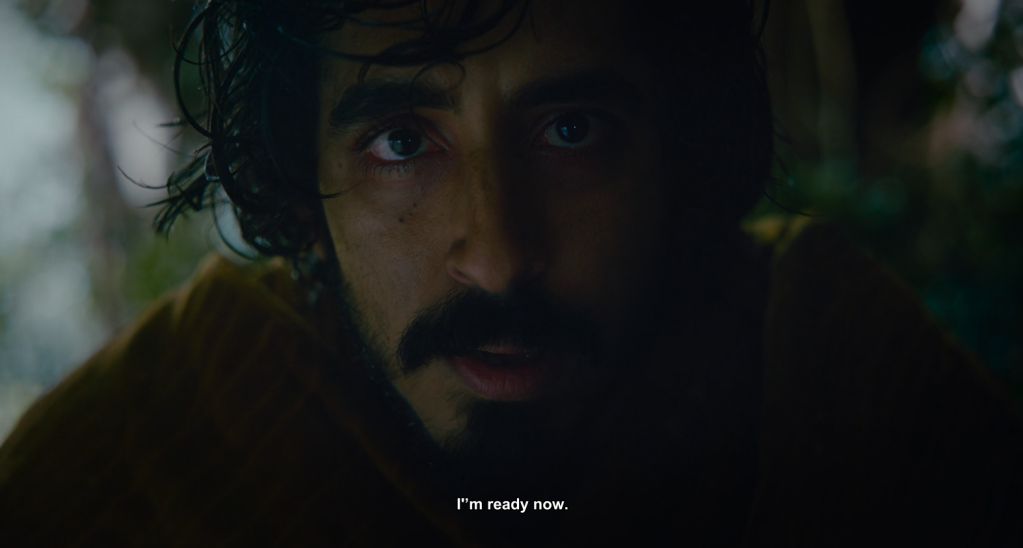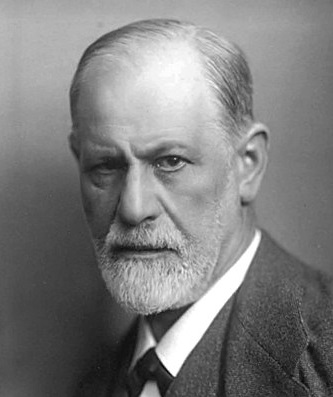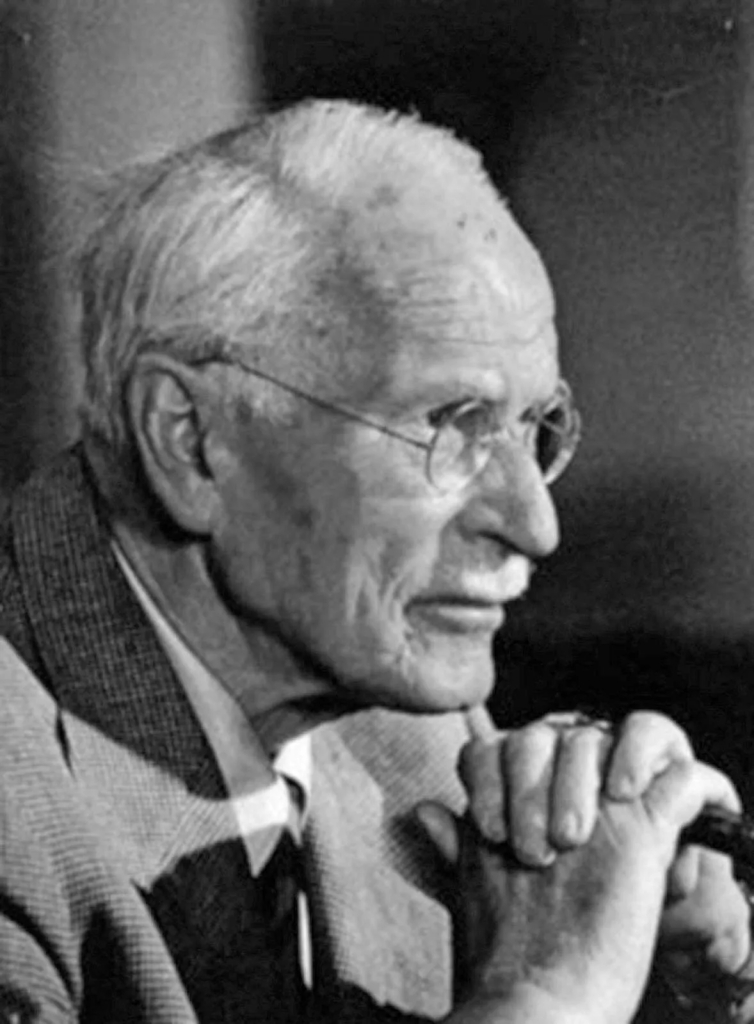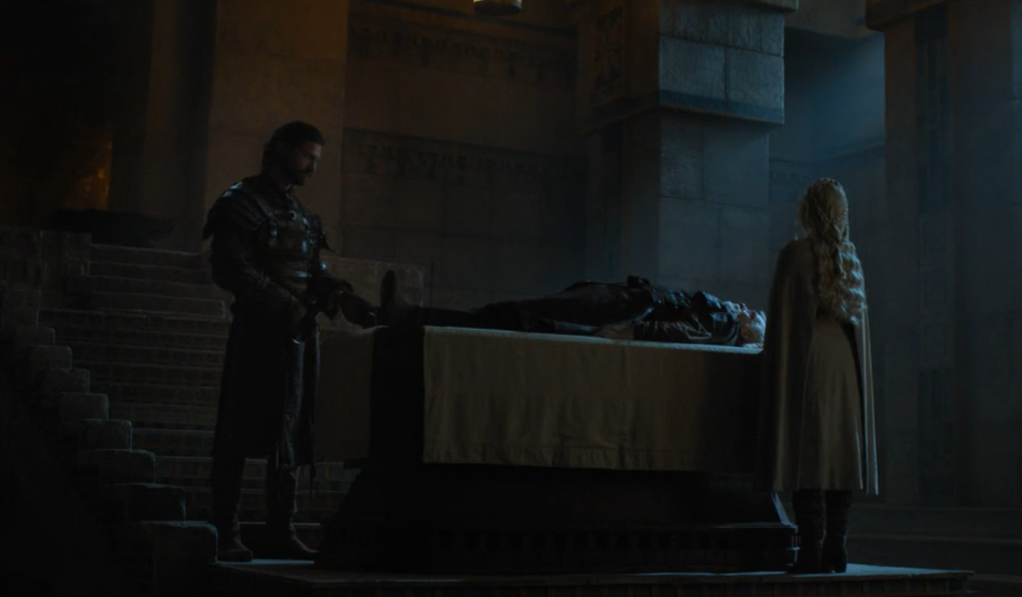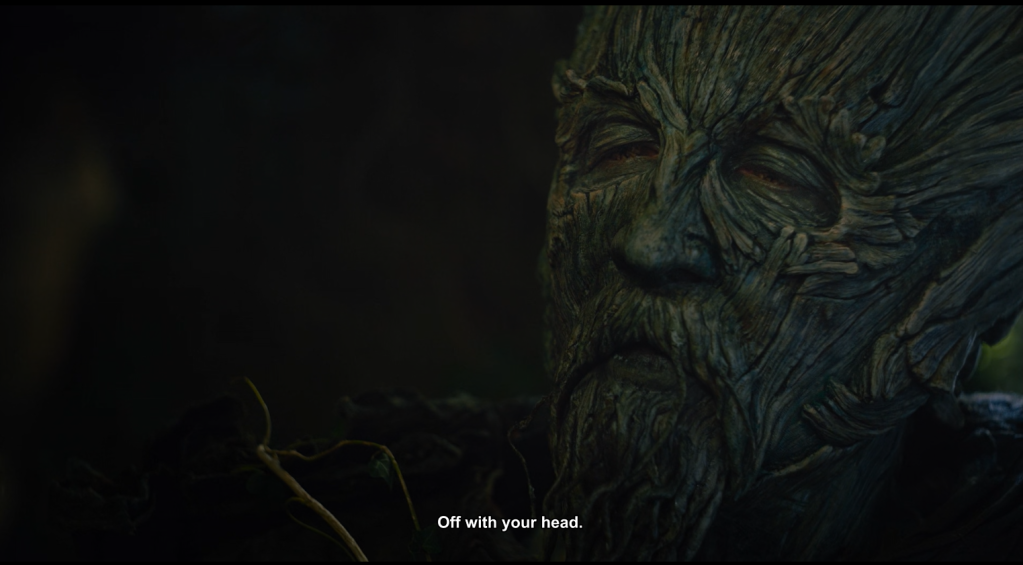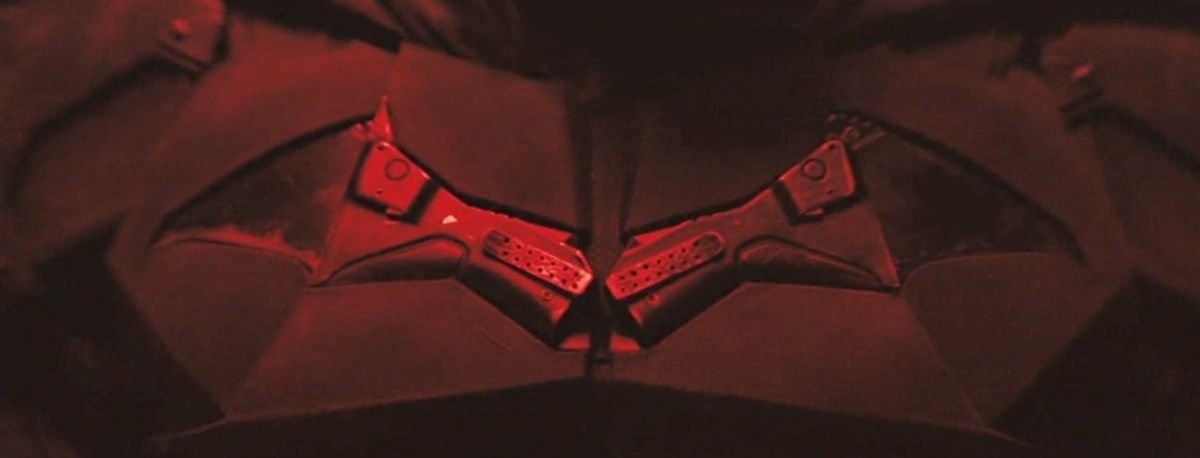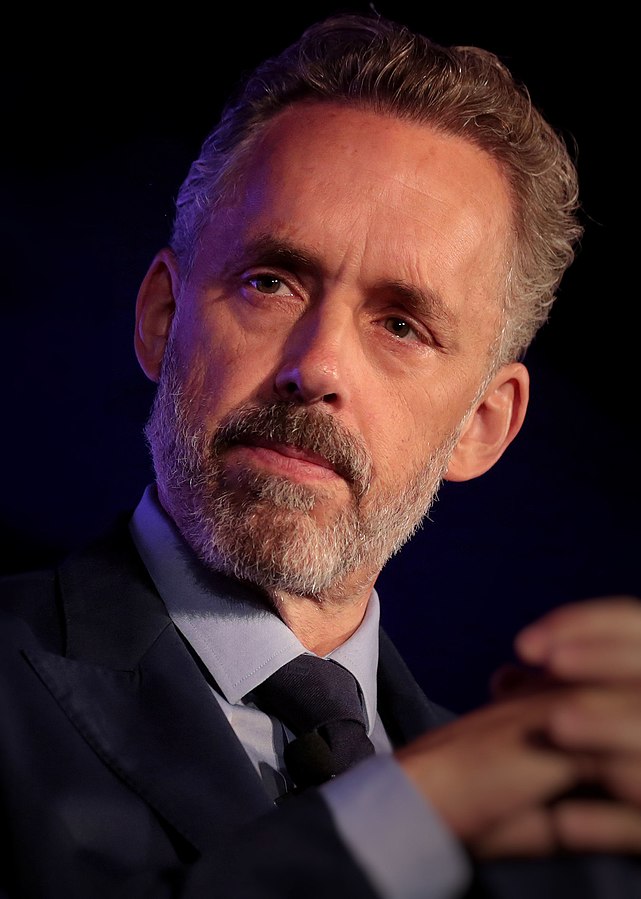On the song called “Monsters” by James Blunt
By the time a man realizes that maybe his father was right, he usually has a son who thinks he is wrong
– Charles Wadsworth
They say when you can’t tell someone what you are feeling or when words are falling short to express those unsaid emotions music is the best medium. Everyone of us has this group of songs which snugly fits with certain emotions we hold inside especially the emotions which we hesitate to express openly. Believe me that these songs are not just love songs or romantic songs, if you ask people when they are comfortable around you, you will realize that there exists a wide spectrum of emotions people never expressed or couldn’t express just because they couldn’t find proper words.
Talking about emotional people and the hesitation to express them openly, there exists a group of relationships where people rarely express their emotions even though their counterparts know that what those feelings are.
I am talking about boy-boy relation, man-man relationship, boy-man relationship – please note that its not just about romantic relationship in men. It is beyond that, and given that men hesitate to express those many times, I too am finding it difficult to write this down in a convincing way – about how men feel for other men.
In this ongoing but intentionally ignored realization, I came across a song which helped me to express the feeling that I had but never was able to connect to the reality of words. Boys, men rarely do that. That is exactly why music is so powerful, it is an enabler for those who are failing, hesitating to express what they are feeling.
I came across a song called Monsters by James Blunt where the son expresses how strongly he appreciates what his father did for him and also guarantees that his father’s legacy will live through his son by being the next responsible father figure for the family.
The lyrics is credited to Jimmy Hogarth, James Blunt, Amy Victoria Wadge.
This is about that song. You will find many references/ interviews on internet to explain why James made this song.
This is about what I saw through this song.
Oh, before they turn off all the lights
I won't read you your wrongs or your rights
The time has gone
I'll tell you goodnight, close the door
Tell you I love you once more
The time has gone
So here it is
As far as the song goes it is about a boy telling his father how he is opening his heart out in front of him. The metaphor of turning off the lights and saying good night shows that it’s the father who is going to sleep and the son is turning off the lights for him, closing the door for him and saying good night.
The use of the metaphor of the night time routine between parents (especially father in this case) and the children (the son in this case) is really beautiful here. The son turning off the lights and saying good night to his father shows how the roles have switched. It shows how the son has accepted the responsibility of fatherhood. It’s not just a normal night for his father it’s the long night and final slumber for his father. The son is very well aware of this and thus considers it as the responsibility to respect what his father trained and nurtured him for.
The realization of final moments of his father made the son express his feelings for him. The feelings which were never expressed openly before. Knowing that there is very short time left for father, the son wants to share the emotion that he really loves his father.
One important thing which is woven in the flow of emotions by the songwriters that I liked very much is the idea of completely rejecting the notion of rights and wrongs done by father (as much as the son thinks) throughout his life.
This notion of person not being right or wrong but just a human being gets expanded more in the next verse.
I'm not your son, you're not my father
We're just two grown men saying goodbye
No need to forgive, no need to forget
I know your mistakes and you know mine
And while you're sleeping, I'll try to make you proud
So, daddy, won't you just close your eyes?
Don't be afraid, it's my turn
To chase the monsters away
It is only when the son accepts fatherhood, becomes father or at least assumes the role of father figure then he realizes that his father was just a human being who did everything that was possible in his capacity.
This is very important aspect of a son becoming father. As long as father was there especially when the son is a young adult, father was just a person who was a lost cause. This is one of the most common behaviors among young boys. Everything their father did feels wrong in this way or the other way for boys.
But it is only when the boys themselves become men (literally and/or figuratively) they understand and appreciate how their fathers raised them. This is exactly why when the son is telling his father that ‘he won’t mention rights and wrongs that his father did’ – he is actually respecting the efforts of his father – the lengths to which his father went to ensure better life for his son. He has understood that in the end we are all human beings – we are not perfect – neither right nor wrong.
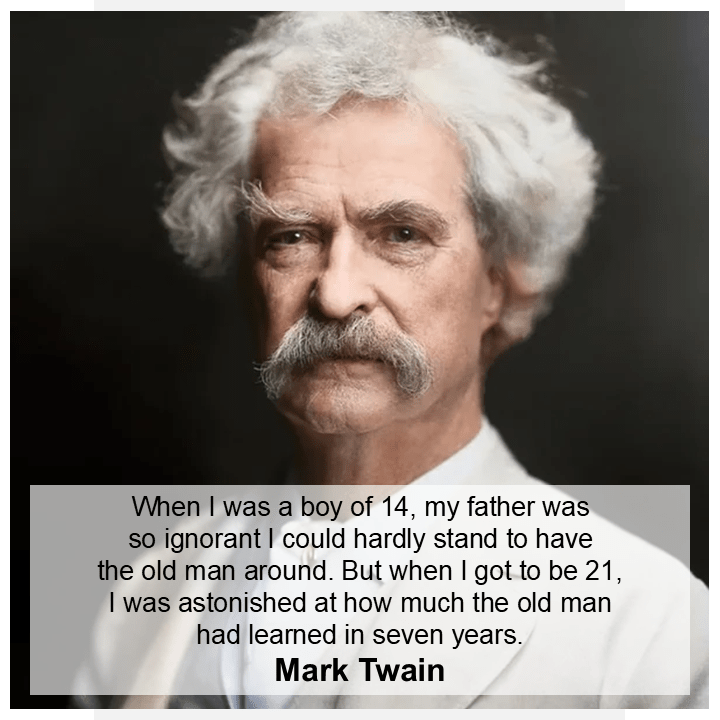
When the son is telling his father to not judge each other, it is him accepting his father as a human being. It’s the evolution of that teenage boy’s mentality into a man – the father figure. The songwriters have beautifully captured this change from boy to man. A boy always sees his father’s actions decisions as foolish, unreliable and wrong but the moment he puts his feet in the shoes that his father wore he realizes that all his father did was to give the best to his son, to his family. He also realizes how wrong he was when he was judging his father from a single point of view. That is exactly why the boy is telling his father that we both know how flawed we are – how flawed we humans are but in spite of that we are living together, we are accepting each other. This is the spirit of humanity shown through the mature relationship of the son and his father. I loved how songwriters put the act of recognition of mistakes more important than the act of either forgiving them or forgetting them. It removes any type of attribution or the notion of right-ness and wrong-ness for any mistake. I feel that the moment someone starts noticing that there is always some aspect beyond right and wrong for everything is the moment when that person truly understands the reality – the nature of things, such person is able to see right through the things. Most often this is sign of maturity.
There is difference between growing old and getting matured. Songwriters have very well created that feeling here. Son even though being younger than his father has started appreciating what his father handled for him and the family. This is exactly where the song comes alive – especially lyrics for me. It truly catches the essence of fatherhood. The son tells father that now its his turn to chase the monsters away.
The monsters could be any adversity that the family would have been exposed to. For me the notion of “chasing the monsters away” is very powerful way to show essence of fatherhood and father’s love. It also shows how the nature of father’s love completely differs from mother’s love; this difference itself sometimes creates the sense of superiority of motherly love over fatherly love. No doubt mothers are supreme caregiver to their children but that also should not reduce what fathers do and feel for their children. Fathers are the doorkeepers for the adversities before they could harm their families and most of the time the family rarely notices what harm was prevented. I mean if they are not even noticing what harm could have done to them this means that the job of protection was performed in perfect manner. That is the actual job for a fatherly figure – to not even let anyone get uncomfortable because something bad will hit them.
The son appreciates this and consoles his father that now he will take the tougher responsibilities which his father carried for the family, now he will become the man of the family and make him proud. One more beautiful thing happens here is the childhood callback between father and son. When the son is scared of the monsters under his bed and father telling him the story so that he could sleep well and telling him that he will chase those monsters away for him. Now that the son has grown up the attribution of monsters is changed, now these are the monsters that exist in the world in reality.
One beautiful thing to notice here is the moment when father confides his young son that he will chase away the monsters under his bed – he is completely aware that what real monsters he is chasing away for his son and the family. Only that the son’s young age would be scared and afraid to handle those real monsters father makes sure that he is protected from these adversities or at least the awareness of those adversities.
The bridge that the idea of “chasing away monsters” and the role reversal between son and his father shows what it means to be a man in this world.
Oh, well, I'll read a story to you
Only difference is this one is true
The time has gone
I folded your clothes on the chair
I hope you sleep well, don't be scared
The time has gone
So here it is
Sleep a lifetime
Yes, and breathe a last word
You can feel my hand on your own
I will be the last one
So I'll leave a light on
Let there be no darkness, in your heart
One important thing that men are taught right from their childhood is to become tough and strong. That tenderness, vulnerability and emotional inclination is a sign of weakness. Men have never followed this advice completely to their heart. They have just mastered the art of masking their tenderness – hiding it in a way to create an illusion of its nonexistence.
The way son is telling his father that he will read a story to him, fold his clothes shows that son’s masculinity holds that tenderness of love for his father – he has learnt that from his father.
One emotional part of this song for me is the next part. The part where the light and darkness are used as a bridge between the earlier fatherhood of the father and then the fatherhood of his son. It shows how a boy matures into father and thereby the real man. Light here signifies the hope for better times the son will keep on bringing when his father won’t be there. When the son asks father to have no darkness – it’s the darkness of the bitterness created over time between father and son due to some disagreements. It could be my overthinking playing here but the songwriters have also pointed out this common phenomenon between fathers and their sons. Right from the adolescence sons get many chances to notice and count the mistakes their father committed and consider them the most incapable, imperfect person in the world. It is only when the same sons take the responsibility of the fatherhood that they realize how hard it is and what actually their fathers sacrificed for them and the family. Men have this unrealized habit of not coming to terms with things with other men especially the men they love because of the unconscious habit of suppressing the emotions and vulnerability. Men rarely accept the mistake to other men – they will generally get along with the act of apologizing without it happening formally. The bitterness between the relationships is hidden in these deep cracks. So, when the son is telling his father to have no darkness in his heart n his last moments, he is actually apologizing to his father for always judging him for his flaws and imperfections. The father is feeling sad because he could not live up to the standards, expectations that his son had for him. This is some part of the said “darkness”. Son is finally telling his father that now that he has assumed the fatherhood, he appreciates all that his father did for the family and for him even though mistakes were made, bad decisions were taken and he couldn’t be “the perfect father” but in the end, we are all humans. The son is consoling his father that there is nothing to worry because he will be following his father’s legacy.
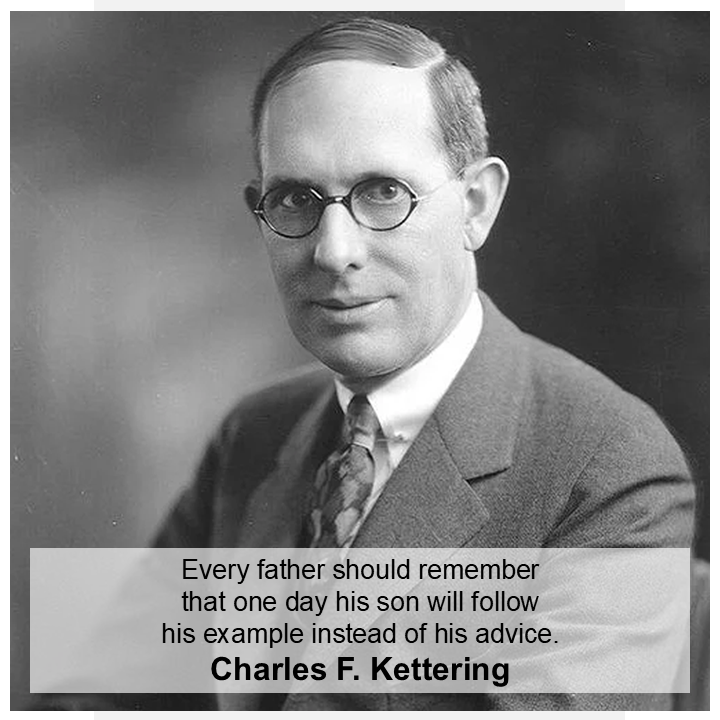
But I'm not your son, you're not my father
We're just two grown men saying goodbye
No need to forgive, no need to forget
I know your mistakes and you know mine
And while you're sleeping, I'll try to make you proud
So, daddy, won't you just close your eyes?
Don't be afraid, it's my turn
To chase the monsters away
It’s the final goodbye of a son to his father when he is telling that he will try to be a better son by accepting the responsibility of fatherhood through the legacy his father gave him. His father will now through him.
Men And Their Fathers
I have no opinion against the greatness of motherhood and the feminine capacity to express and demonstrate love for their children. What itches me is the ignorance towards the capacity of men to love their children as equal as the mothers. Maybe the reason lies in the incapability of men to actually and openly express love for their loved ones. It could have happened because men are trained to demonstrate masculinity through the attributes of strength and showing emotional neutrality. This has now been an unconscious habit among most of the men. A daughter with strong emotional sensitivity imparted due to her femininity can deeply understand what a fatherly love is but she can rarely understand and appreciate what the masculine side of that fatherly love is. A son very well knows what his father had in his mind all along this time the moment he assumes the fatherhood. It’s not necessary that the boy should bear a child or become father in reality. Mere acceptance of the responsibility triggers this mindset in boys. Most of the men are very poor in openly expressing the emotions, love for others especially other men they love. Fathers are the most difficult men in this group of loved ones (trust me on the basis of me being a man). Most often a boy could openly express his love for that girl in public in spite of being an introvert – he would cross that valley of insecurity for her. But same is not the case for men he loves – specifically a fatherly love. Boys show love for fatherly figures mostly through respect and assumption as the next responsible person in the line. “Monsters” by James Blunt is one such love letter from a son to his father. In the vast ocean of unexpressed masculine love and the unexpressed emotions between father and son, I think this song stands like a lighthouse. The most expected response for a man’s confession of love to other fatherly, manly figure (like a simple sentence “I love you father for all that you did for us, for me”) is a big laughter followed by comment similar to – “Are you OK?! What happened to you?” Men hesitate to accept the comment of being loved too. A father by default considers his execution of his responsibilities without the expectations of returned favor or appreciation or recognition. Men are rarely hardwired to accept recognition for being responsible and that is also may be why for some men in some cases it is easy to run away from the responsibilities. Fatherhood or feeling of fatherhood rarely allows that escape. It’s a commitment of a man to himself which makes him the real man.
The Monsters is not just about acceptance of father by his son or a love letter of a son to his beloved father. It is more than that. It shows how a good upbringing can create better sons for tomorrow. No doubt mothers are more than enough to create better children and better people for tomorrow but we need fathers – sensitive fathers to create better sons today and better fathers tomorrow. Responsibility thus lies at the core of manliness which gets glorified through this fatherhood. Assumption of fatherhood (sometimes physical and mental/ emotional fatherhood in each and every time) is the highest level any man can secure in this human world. So, Monsters is that handover of that legacy of true manliness from a father to his son. What could calm a father more than the awareness that his son has assumed the fatherhood, his son has grown up to be a real man! That his son has learnt to stand strong in adversities. That his son has become responsible. That his son has learnt to stand down against the short-term pleasures for the betterment of his family. That his son has mastered to chase away the monsters of his life. Fatherhood can give purpose to any directionless man. That is also why unstable society needs better fathers.
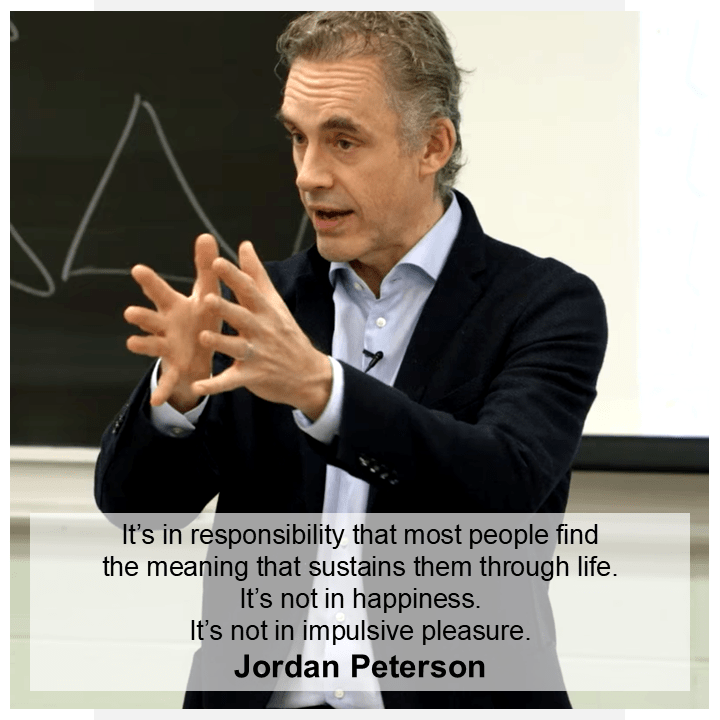
For me this is the song which answers the question – “Why the world needs good fathers along with good mothers?” It also shows why father’s role is also important in the upbringing of children especially boys.
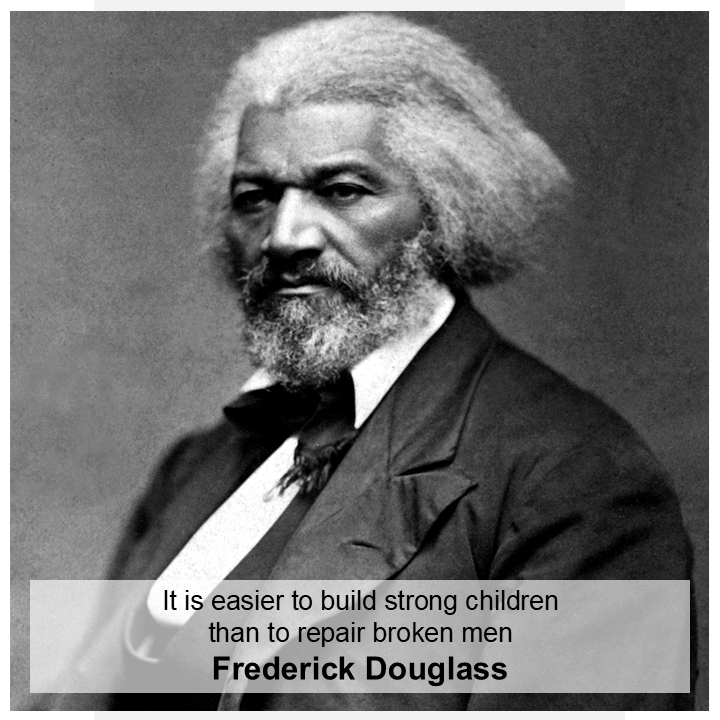
One more thing – “I love you Pappa”

